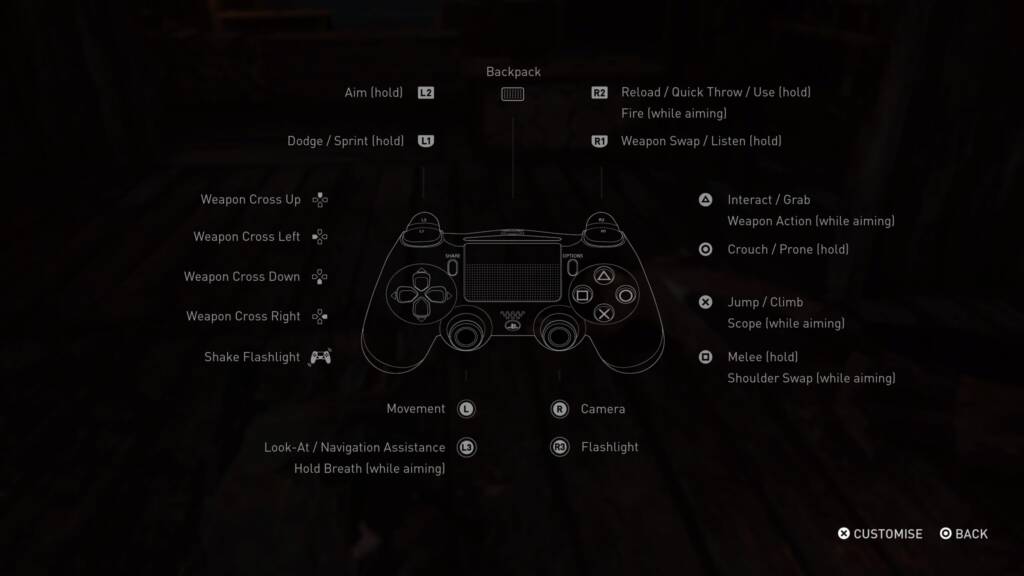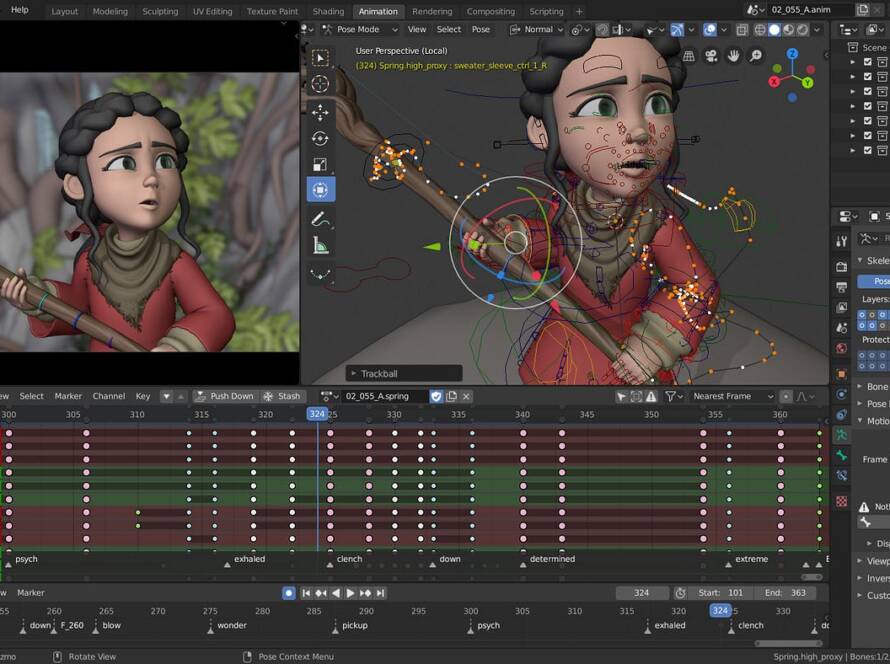
The Importance of Accessibility Options
In recent years, game developers have made significant strides in making video games more accessible to a wider audience. Titles like The Last of Us Part II have set a new standard by offering an extensive range of accessibility features, such as customizable controls, high-contrast modes, and text-to-speech options. These features allow players with physical disabilities, visual impairments, and hearing difficulties to enjoy the game without limitations. By focusing on inclusivity, developers are ensuring that video games can be enjoyed by everyone, regardless of their abilities.
Assistive Technologies: Gaming for All Abilities
The rise of assistive technologies has opened up gaming to people who previously may not have been able to play. Devices like the Xbox Adaptive Controller allow gamers with limited mobility to customize their control schemes and enjoy a wide range of games. These tools are designed with modularity in mind, enabling players to create setups that suit their individual needs. Assistive technologies are making gaming more inclusive than ever, giving everyone the chance to participate and enjoy the world of video games.
Audio Descriptions and Subtitles in Games
Many modern games are now including detailed audio descriptions and robust subtitle options to make their stories more accessible to players with hearing or visual impairments. In games like Spider-Man: Miles Morales, audio cues help guide players through the game world, while subtitles offer customizable options, such as text size and background opacity, to improve readability. These features not only enhance accessibility but also provide an overall better experience for players who prefer different ways of consuming the game’s content.
The Role of Game Developers in Inclusivity
Developers are playing an increasingly important role in ensuring their games are accessible to as many people as possible. By working closely with advocacy groups and consulting players with disabilities during the development process, studios can create games that meet the needs of a diverse audience. Inclusivity is no longer an afterthought but a key component of game design, with many studios integrating accessibility features right from the initial stages of development. This proactive approach is helping to break down barriers in gaming, making it a more welcoming space for all players.


